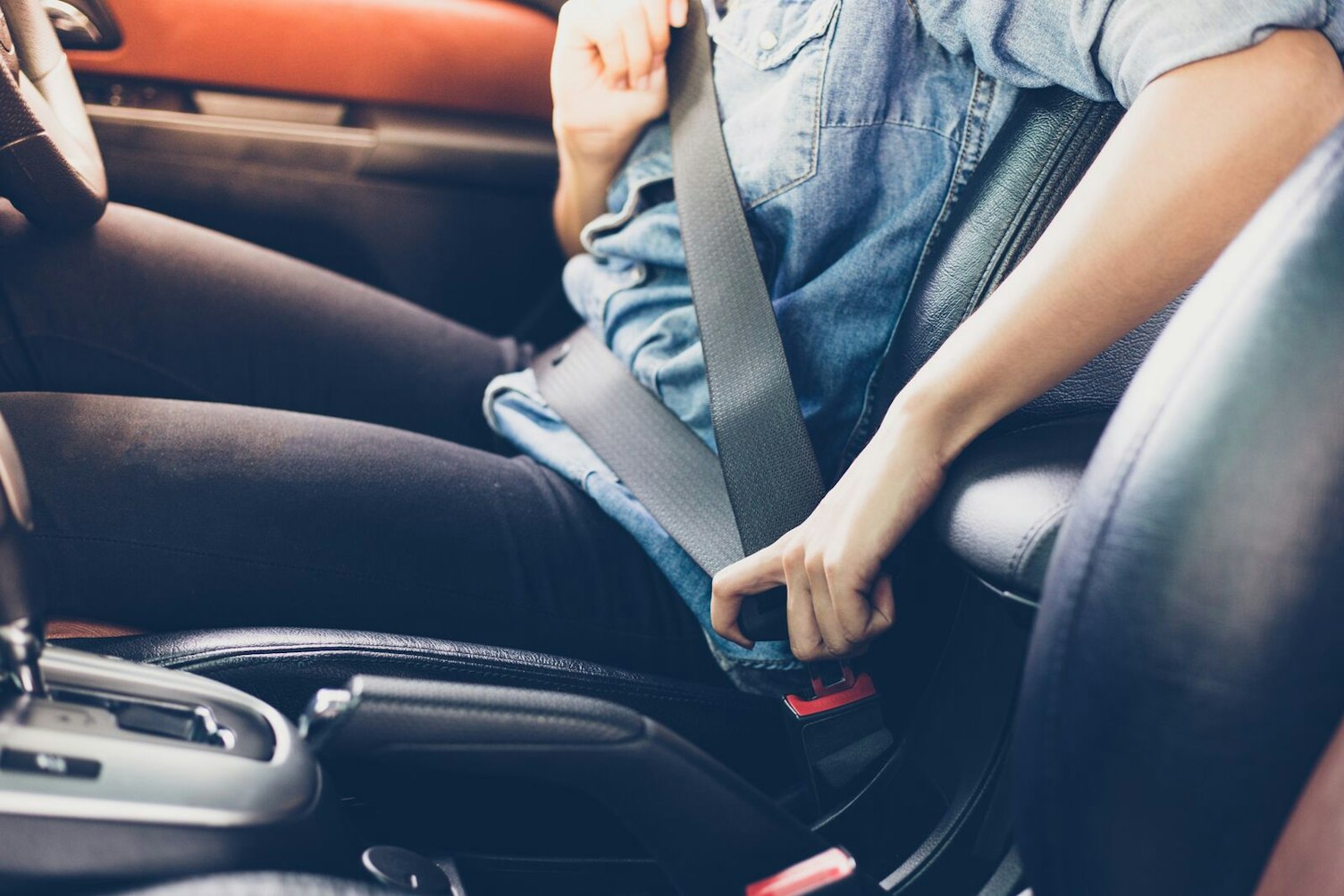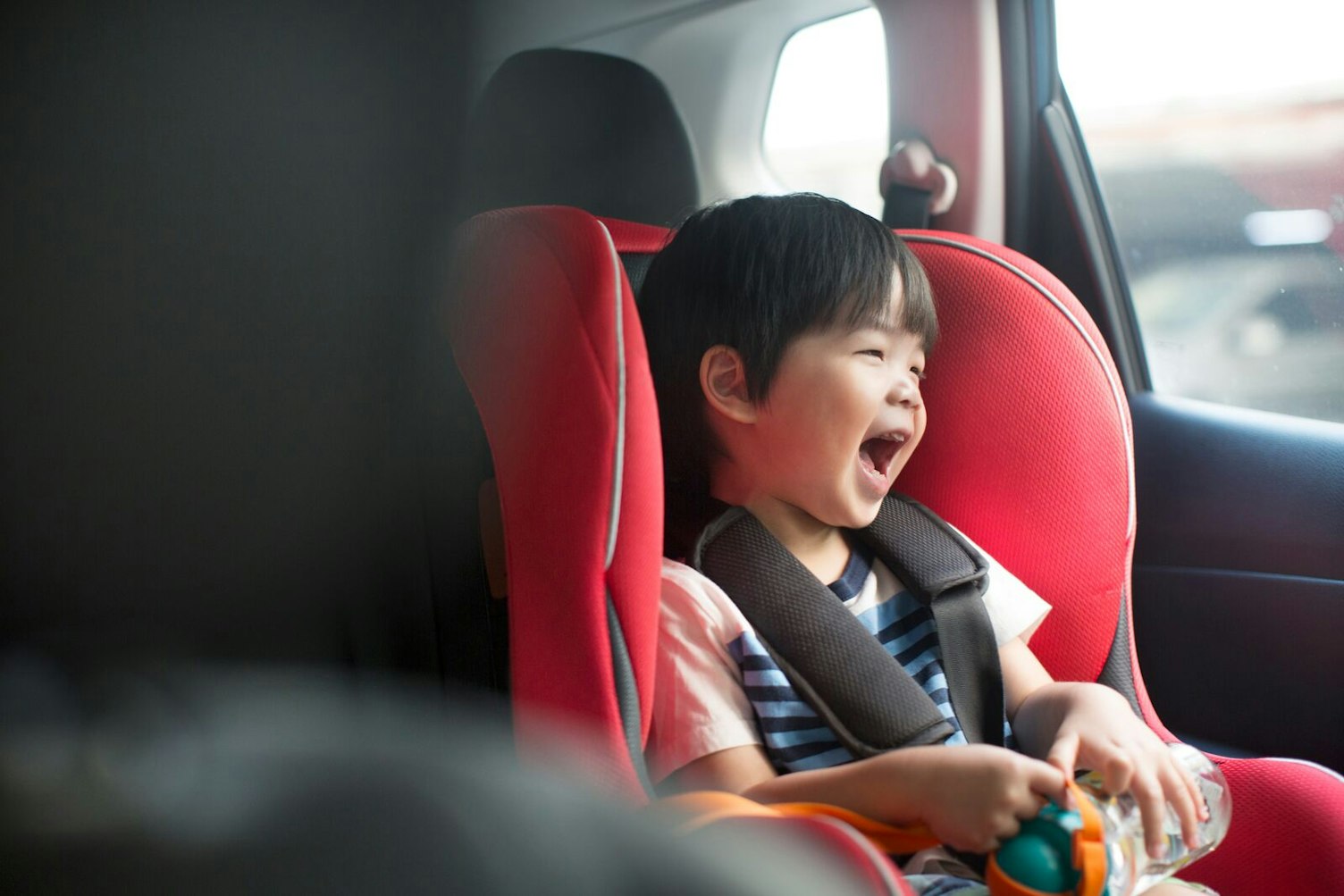Modern seat belt systems include progressive tension, that spreads the shock of collision over time. Some newer cars feature airbags inside the seat belt to better distribute collision forces across the chest in the event of a frontal or side collision. Such innovations increase market expectations and so can significantly influence the competitiveness of your vehicle, as well as the reputation of your brand.
What is a seat belt validation test?
Seat belt tests check the strength and durability of webbing, buckles, retractors and anchorages against the various stresses and conditions they may encounter in use. As well as seat belts, we test safety harnesses and restraint systems in passenger vehicles, child seats, commercial vehicles, off-road work machines and even aircraft. With our vast network of laboratories in North America we assist manufacturers in product development as well as production and testing
Federal US compliance
The US National Highway Traffic Safety Administration mandates Federal standards for seatbelt safety to which manufacturers of motor vehicles and equipment items must conform. Our seat belt testing laboratory in Fairfield, New Jersey, is ISO/IEC 17025 accredited to perform testing to all the required standards as well as the majority of voluntary standards.


Federal Motor Vehicle Safety Standard 209 (FMVSS 209)
Passenger cars, multipurpose passenger vehicles, trucks and buses must comply with this standard in order to be sold in the US. Seat belt assemblies in these vehicles must meet specific requirements in the following areas:
- Strength and durability of webbing (breaking strength and elongation, resistance to abrasion, resistance to UV light)
- Strength of seatbelt and anchorages (corrosion and temperature resistance, strength of attachment hardware)
- Performance of buckles (latching and release, strength)
- Performance and durability of the retractor (performance of lock up mechanism)
Child seat safety
Child seats are regulated under Federal Motor Vehicle Safety Standards 213 and 302 (FMVSS 213 & 302) for child restraint systems used in motor vehicles and aircraft. We can perform testing for strength and durability of webbing, and buckle performance, as well as flammability.
Off-road work machine safety
Vehicles such as agricultural tractors and construction vehicles also fall under separate industry standards from the Society of Automotive Engineers (SAE). SAE J386 relates to operator restraint systems and SAE J2292 covers combination pelvic/upper torso pelvic restraint systems. Compliance to these standards is voluntary as they reflect the industry accepted standard.
Why use seat belt validation services from SGS?
We are the world’s leading testing, inspection and certification company, with laboratories, testers and industry experts located throughout the world. We partner leading manufacturers in the automotive industry and offer seat belt validation tests against all the major International and original equipment manufacturer (OEM) safety standards.

Business Assurance
Level 7, 1 Albert Street - Auckland Central,
1010,
Auckland, New Zealand